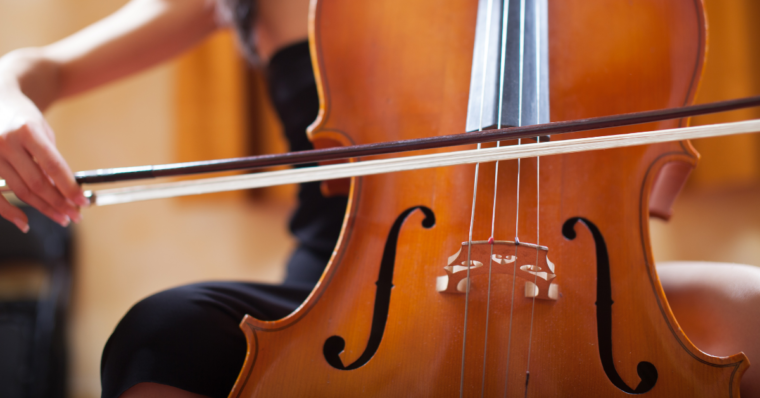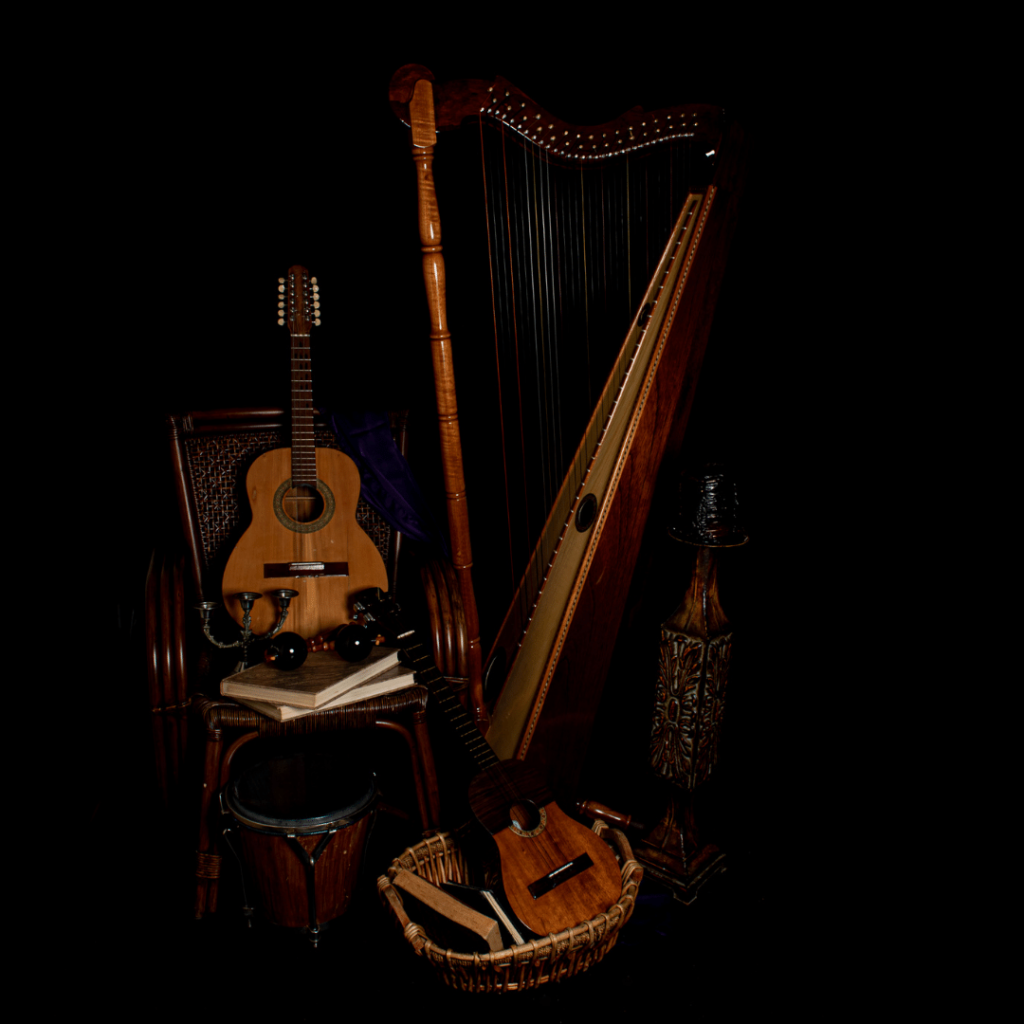When we think of musical instruments, images of wood, brass, or strings often come to mind. However, the world of music is full of surprises, and one such realm is that of unusual ceramic instruments. These remarkable creations combine the artistry of ceramics with the magic of music, resulting in instruments that are as visually captivating as they are melodically enchanting. In this article, we will delve into the world of unusual ceramic instruments, exploring their origins, unique characteristics, and the artists who craft them.
A Fusion of Art and Sound
Unusual ceramic instruments like 30 key concertina are a testament to the ingenuity of musicians and artisans alike. They marry the tactile and visual qualities of ceramics with the ability to produce beautiful and resonant sounds. Crafted from clay and fired at high temperatures, these instruments transcend traditional notions of musical construction, offering a harmonious blend of functionality and artistic expression.
A Multitude of Ceramic Instruments
Within the realm of unusual ceramic instruments, a wide range of creations exists. From ceramic drums and percussion instruments to flutes, whistles, and even ceramic didgeridoos, the possibilities are seemingly endless. Each instrument boasts its own unique characteristics, combining the inherent qualities of ceramics with the musicality of the chosen design.
Ancient Roots and Global Traditions
The use of ceramics in musical instrument construction dates back centuries, with various cultures around the world embracing these unique creations. In regions such as Africa, Asia, and the Americas, ceramic instruments have been an integral part of traditional music-making, showcasing the diverse range of sounds that can be achieved through unconventional materials. From ancient ocarinas to clay drums, ceramic instruments have been an essential part of cultural rituals, celebrations, and storytelling.
The Artistry Behind the Craft
Creating unusual ceramic instruments requires not only musical expertise but also a deep understanding of ceramics as an art form. Skilled artisans meticulously shape the clay, paying attention to details such as thickness, weight distribution, and resonance. The firing process is a critical step, as it determines the final sound qualities of the instrument. The artists must balance the fragility of ceramics with the need for durability and tonal richness, resulting in instruments that are not only visually stunning but also capable of producing captivating melodies.
Exploring Sonic Possibilities
Unusual ceramic instruments offer a vast sonic palette, with each instrument possessing its own unique timbre and character. Ceramic drums, for example, can produce deep, resonant tones with a distinct warmth. Ceramic flutes and whistles, on the other hand, offer a hauntingly ethereal quality, with their breathy sounds evoking a sense of tranquility and introspection. The versatility of these instruments allows musicians to explore unconventional sounds and expand their creative horizons.
Appreciating Unusual Ceramic Instruments Today
While unusual ceramic instruments may not be as commonly seen or recognized as their traditional counterparts, they have gained appreciation among musicians, collectors, and enthusiasts. They offer a distinct and alternative approach to music-making, capturing the imagination and inspiring unique compositions and performances. Ceramic instrument makers continue to push the boundaries of their craft, experimenting with innovative designs and techniques to create instruments that are both visually captivating and sonically inspiring.
Unusual ceramic instruments bridge the realms of art and music, offering a harmonious fusion of creativity and functionality. They remind us of the endless possibilities that exist within the world of music, showcasing the beauty that can arise from unconventional materials. Whether used in traditional cultural contexts or embraced by contemporary musicians seeking new sonic avenues, these instruments invite us to explore, experiment, and appreciate the inherent artistry in both music and ceramics.
As we continue to unearth the beauty of unusual ceramic instruments, we celebrate the artisans who bring these creations to life, and the musicians who embrace their unique qualities to create enchanting melodies that resonate with our hearts and souls.




